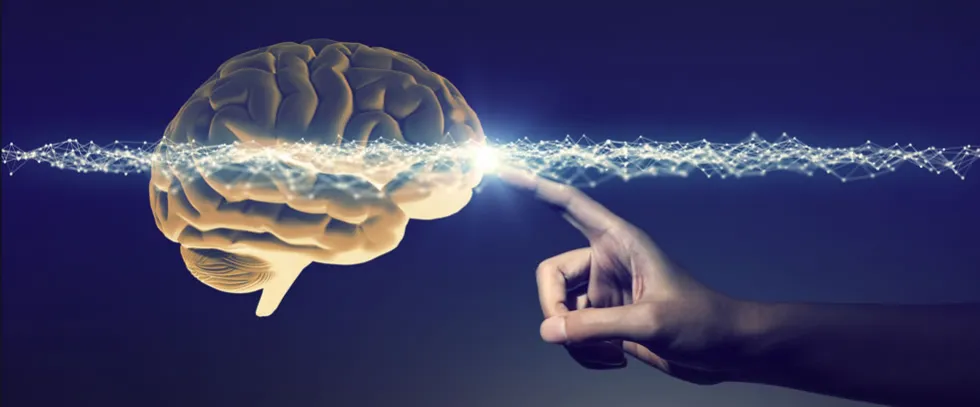World Federation of Neurology: November 19, LONDON— A groundbreaking presentation coming out of the XXIV World Congress of Neurology (WCN 2019) in Dubai, UAE, highlighted several significant advances in Parkinson’s research.
We are beginning to understand Parkinson’s disease mechanisms and found that the prodrome period occurs much earlier than we had previously expected—years, even decades prior to the onset of motor symptoms.Prof. Patrik Brundin, director of the Center for Neurodegenerative Science at Van Andel Institute.
The early signs and symptoms include REM sleep behaviour disorder, constipation, depression, hyposmia, anxiety and excessive daytime sleepiness.
Brundin is this year’s Fulton Award Lecture honoree. In his Fulton Award Lecture, “The Battle to Beat Parkinson’s,” Prof. Brundin discussed how these signs and symptoms may one day be used as new biomarkers to diagnose Parkinson’s disease earlier, which may, in turn, broaden treatment options.
We’ve never in history known as much about the disease as we do now.
It’s a quantum leap from 15-20 years ago.Prof. Brundin
Roughly 10% of cases are familial, caused by genetic mutations, while the other 90% of cases are sporadic and may be triggered by a combination of genetic predisposition, environmental factors and lifestyle. Still, insights into how and when the disease originates and progresses are critical in developing new, more effective treatment options.
New therapies are being tested now, including vaccinations, nerve blockers and surgeries. The clinical trials include GLP-1-related therapeutic approaches, anti-inflammatory approaches, alpha-synuclein-related approaches, mitochondrial therapeutic approaches, and iron chelation/chaperone approaches, many of which involve repurposing existing medications as possible therapies for Parkinson’s.
“The primary question when it comes to treatment is if we can restore lost functions in advanced patients where the damage is already done,” says Prof. Brundin. “Research into transplants of nerve cells derived from stem cells shows promise in this regard, and is beginning to enter the clinical arena.”
WCN 2019 was attended by 4,000 of the most elite neurologists and specialists from 126 countries. For additional breaking news, please visit www.wfneurology.com
 |
About the World Federation of Neurology The World Federation of Neurology represents 120 member neurological societies around the globe whose mission is to foster quality neurology and brain health worldwide by promoting neurological education and training with an emphasis on under-resourced areas of the world. The WFN supports the spread of accurate research and clinical information in the pursuit of improvements in the field of neurology. With support from member organizations, the WFN unifies the world to give patients better access to brain health. For more information, please visit the WFN web site atwww.wfneurology.org.
Media Contact |








